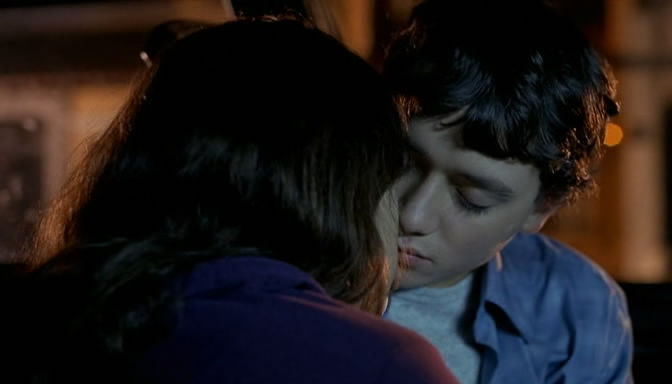How Harmful Stereotypes are challenged in "Real Women Have Curves"
- hakobyanl
- Dec 9, 2021
- 3 min read
Kevin Kerr

Real Women Have Curves, a heartfelt Latina coming-of-age movie, effectively shows how stereotypes can negatively affect someone's life and how hard it is to overcome them, without turning the characters into the stereotypes themselves. Some of the most harmful stereotypes that are brought up is the expectation for Latina women to get married as soon as possible, and the importance placed on whether a girl is a virgin or not. This film has a very wide audience because many viewers can relate to

what the characters are going through and because it can change the viewer's perspective, possibly making them more aware of how they can stop discrimination that comes up in their own lives. Josefina Lopez, the playwright who originally wrote Real Women Have Curves, based it on her own experiences of being judged for her weight, race, and gender (Nolfi), giving the movie an authentic feel.

One of the biggest problems that Ana, the strong female lead in Real Women Have Curves, has to deal with is the expectation that a woman should get married as soon as possible. Although her mother admitted to giving up on Estelle ever getting married, she still has hope for Ana and flips her statue of Saint Anthony upside down and takes the baby from him. A big part of Carmen’s culture is praying to the Saints, and she believes that removing the baby and flipping the statue will make Ana get married faster, because she thinks that is the only future for her daughter. When Ana expresses her wish to continue her education at Columbia University, her mother tells her the only education she needs is

how to take care of a husband and family. Carmen also criticizes her weight and tells Ana no man will ever want her if she is overweight. This way of thinking is very destructive to young girl's self esteem because they are being told that the only worth they have is raising a family and serving a husband, which they can only get if they are thin and conventionally attractive. Throughout the film,




Comments